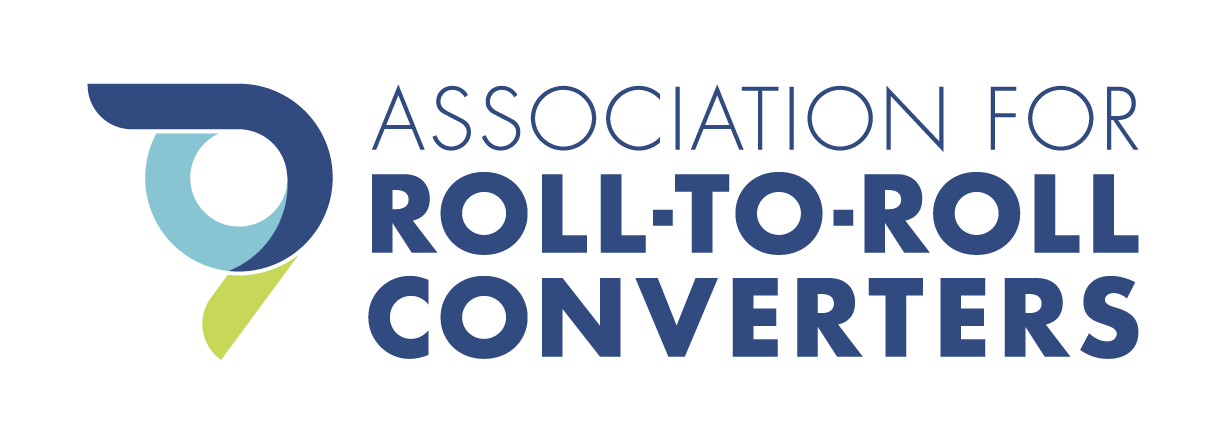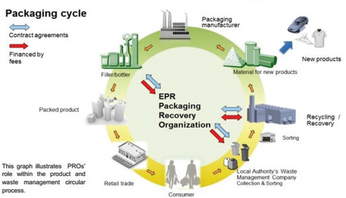Practical Method to Design a Wrinkle Experiment
Presented by Neal Michal, Converting Expert, LLC
Wrinkles are the most common issue that web handlers face. The delivered quality of the web and the wound roll is contingent on the absence of wrinkles.
It is common to find troughs and wrinkles in various places on a web process. Wrinkles that enter a lamination process will result in high waste. Wrinkles leading into a slitter will cause jagged edges, slitter debris, and change in relaxed width. Wrinkles at the winder will result in hard folded creases that will be rejected by your customer as a visual defect.
One proven method to reduce wrinkles is to realign your driven rollers and idlers. Another method is to substitute larger / smoother idlers for smaller ones with higher traction. Another technique is to change the wrap angle across critical rollers.
There are several benefits to conduct a wrinkle experiment. What is the ideal roller for your process? What is the ideal bearing for web driven idlers? How much misalignment will cause a trough? How much misalignment will cause a wrinkle? Can you change tension to avoid the onset of a wrinkle? Ultimately, what combination of roller style, bearing type, tension and alignment will provide a wrinkle free process?
This presentation will describe how to design a wrinkle experiment to answer these questions. Actual results will be presented for two webs, at two different tensions, with four different wrap angles.
This post is for paying members only
SubscribeAlready have an account? Log in

